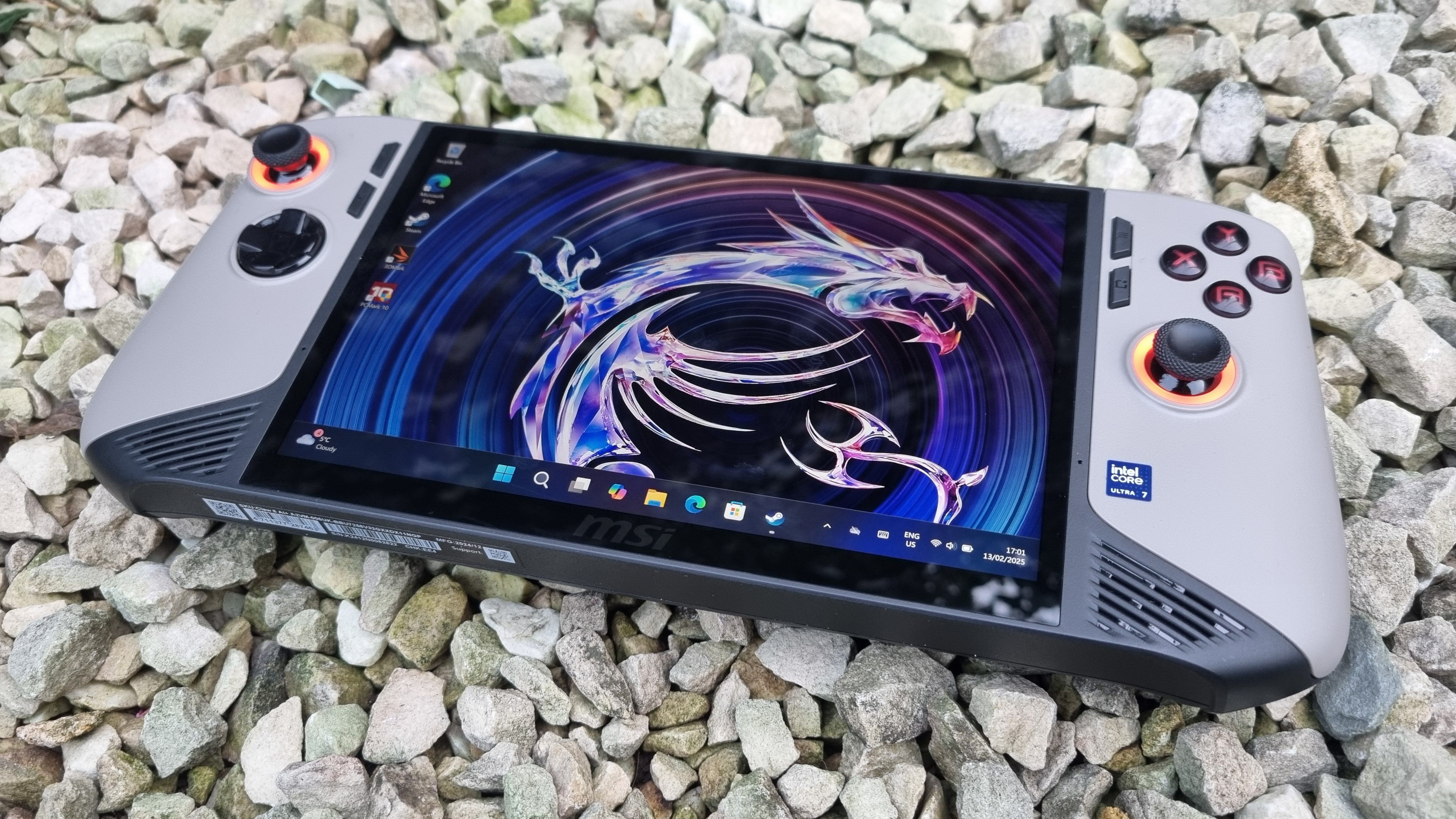
Benchmark Comparison of AMD and Intel’s Latest Processors
In the world of gaming, Intel has not been a dominant force since the onset of Arrow Lake processors, largely overshadowed by AMD’s series of 3D V-Cache desktop CPUs and their powerful APUs.
A recent benchmark assessment compares the AMD Ryzen Z2 Extreme with Intel’s Core Ultra 7 258V, showing that while the Ryzen chip offers slightly superior performance, the contest is tighter than many anticipated.
Overview of the Benchmark Results
According to tests by the Golden Pig Upgrade Pack on two different MSI handheld gaming devices, the findings reveal slight advantages for the Ryzen chip but also highlight Intel’s strong performance. Here’s how they stack up:
| Specification | Core Ultra 7 258V | Ryzen Z2 Extreme |
|---|---|---|
| CPU Cores | 4 Performance + 4 Low Power | 3 Zen 5 + 5 Zen 5c |
| CPU Threads | 8 | 16 |
| Base/Boost Clock | 2.2 / 4.8 + 3.7 GHz | 2.0 / 5.0 + 3.3 GHz |
| L3 Cache | 12 MB | 16 MB |
| GPU Shaders | 1024 Battlemage | 1024 RDNA 3.5 |
| GPU Boost Clock | 1.95 GHz | 2.9 GHz |
| RAM | 32 GB LPDDR5x-8533 | 24 GB LPDDR5x-8000 |
While the Ryzen Z2 Extreme has eight cores with the ability for multithreading, Intel’s design comprises four performance and four efficiency cores, which results in some limitations, particularly in cache capacity.
Performance in Real-World Scenarios
When put through various gaming tests at 17W and 30W power modes, the results consistently see AMD’s chip performing ahead in most, with the following frame rates noted:
- At 17W: Average FPS for Ryzen Z2 Extreme: 42, vs. 38 for Intel’s processor.
- At 30W: AMD led in half of the games tested, illustrating the real-world effectiveness of specifications.
Conclusion
In summary, both processors display significant capabilities, with AMD slightly outpacing Intel in specific scenarios. This suggests that while the Ryzen Z2 Extreme excels, Intel’s offering remains a strong contender, continuing to impress in the gaming realm.
Let’s hope Intel continues to innovate, as a healthy rivalry benefits the entire hardware sector.
